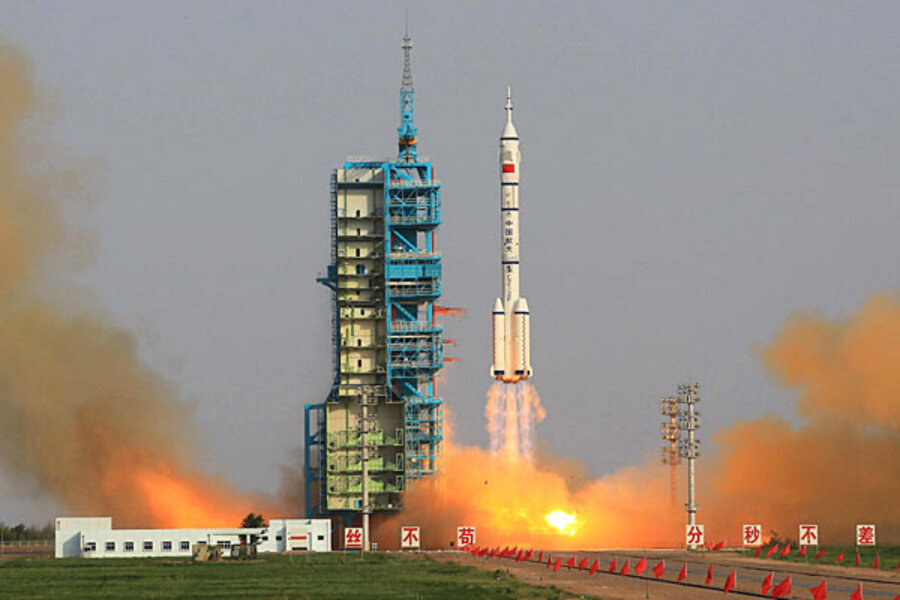As NASA slashes budgets, China achieves orbital milestone
Loading...
| Beijng
Chinese astronauts carried out a manned docking with an experimental spacemodule on Monday, the latest milestone in China's ambitious campaign to build a space station.
The Shenzhou 9 and its three-person crew, which includes China's first woman in space Liu Yang, linked with the Tiangong (Heavenly Palace) 1 module, with state television showing the pictures live.
Almost three hours later, the blue jumpsuit-wearing mission commander, Jing Haipeng, entered the module followed by colleague Liu Wang and Liu Yang, the first time China has been able to transfer astronauts between two orbiting craft.
Rendezvous and docking exercises between the two vessels are an important hurdle in China's efforts to acquire the technological and logistical skills to run a full space lab that can house astronauts for long periods.
During the 13-day mission, the astronauts will work and sleep aboard Tiangong 1, a trial module that includes an exercise bike and a video telephone booth, according to media.
The mission has been accompanied by a blaze of national pride and has been given blanket coverage by state media, down to discussion on how flying a space ship is a bit like driving a car and how the astronauts will be able to spice up their food with chilli sauce.
China is still far from catching up with the established space superpowers, the United States and Russia. The Tiangong 1 is a trial module, not the building block of a space station.
But the docking mission is the latest show of China's growing prowess in space and comes while budget restraints and shifting priorities have held back U.S. manned space launches.
This is China's fourth manned space mission since 2003 when astronaut Yang Liwei became the country's first person in orbit.
The United States will not test a new rocket to take people into space until 2017, and Russia has said manned missions are no longer a priority.
But NASA has begun investing in U.S. firms to provide commercial spaceflight services and is spending about $3 billion a year on a new rocket and capsule to send astronauts to the moon, asteroids and eventually to Mars.
China plans an unmanned moon landing and deployment of a moon rover. Scientists have raised the possibility of sending a man to the moon, but not before 2020.
(Editing by Nick Macfie)







